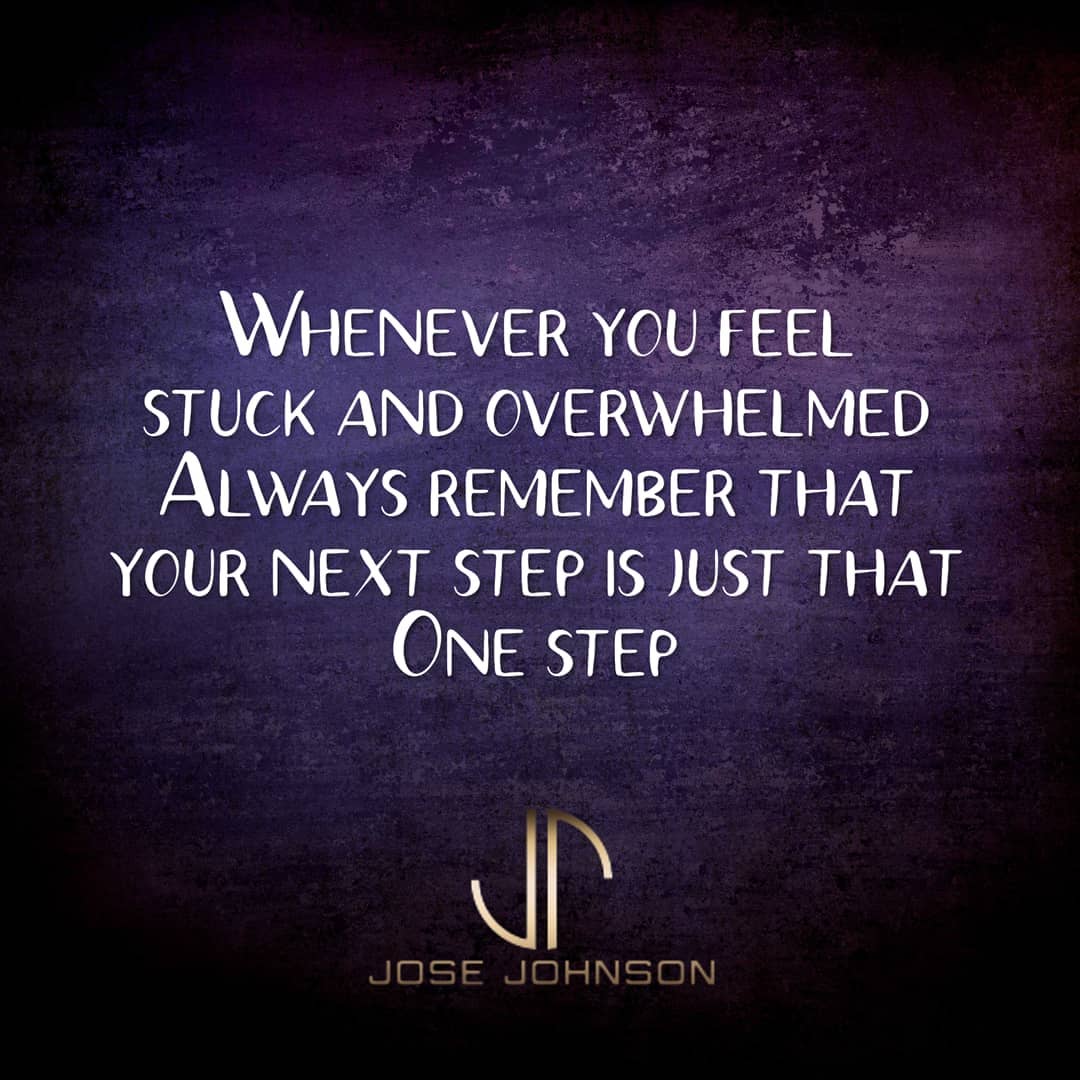Shift, Pivot, Reposition, or Stand Your Ground
Properly defining strategies for adjusting to external changes during the pandemic and beyond
In response to the threat of a global pandemic, government-mandated closures were instituted in an attempt to “flatten the curve.” As a result, many business owners have been told that they needed to “pivot” if they hoped to survive. But is pivoting a necessary strategy? Is it the best strategy? And what does it actually mean anyway?
What’s In A Word?
It’s all a matter of semantics. Words and actions are how we express our thoughts. As a martial arts coach, I would often ask my students to describe to me what they were doing. What were they thinking about? What were they feeling? I would listen for recurring phrases and emotionally charged words. As a result, I was able to address core issues much quicker. Why? Because the words that they used gave me immediate access to their thinking. And once I understood the thoughts I could correct the action. The things that made the biggest difference in their physical performance were usually a result of making an adjustment to the way they thought about a movement – the way they defined it. I would help them to find new words to create a new narrative. New thoughts, new words, new results. So in every area of life, it is important that you use the right word at the right time.
The problem that many business owners have at this time is that they don’t have a clear understanding on what it really means to shift or to pivot. And the cause of the lack of understanding is that many well-intending business advisors are using the words incorrectly themselves.
The Art of Change
Running a successful business is a bit like running a successful military campaign. That’s one reason why “The Art of War,” an ancient Chinese text on martial strategy, is used in business as well as military schools. The Art of War says that to be successful you need to understand four things before entering battle. While these components were originally related to military planning, they can easily be overlaid on the needs of a business owner. The four things that you must understand for success are :
- The terrain (the marketplace that you are competing in)
- The conditions (the social, political, and economic climate)
- Your enemy (what is coming between you and your goals)
- Yourself
But no matter how good your battleplan is, you will eventually need to adjust it. Each of the four components are variables, they are prone to change from situation to situation. And when one variable changes, the end result changes as well. So in order to get the same result, an intentional adjustment must be made to counter the changes that were outside of your control. The problem is that most people either try to change too much or resist any level of change. To get the best results you should only change as much as needed to reduce the resistance. I sometimes call it the “Goldilocks Method.” You have to find the “just right.”
Learning To Adjust
In the practice of Tai Chi, there is a partner training method called “tui shou,” or pushing hands. The objective of this exercise is to be able to maintain a stable position while trying to off-balance your partner. This training teaches you how to become sensitive to external pressure and to efficiently and appropriately change in response. If you are too slow to respond or don’t respond enough, you will easily be pushed over. If you respond to quickly or with too much force, you will often find yourself overextended and off-balance. There are four simple strategies from tai chi training that we can apply to the external pressures of COVID-19, and to change in general:
- Shift
- Pivot
- Reposition
- Stand Your Ground
Shift
Shifting is the act of reallocating resources and adjusting priorities. When you shift you aren’t adding anything new or getting rid of something old. You are just shifting your focus and/or resources.
Physical Example:
- Stand with your feet separated shoulder-width and your weight evenly distributed
- Without moving your feet, shift your weight as much as you can to your left leg.
- Now slowly shift back to center, and then all the way to the right. Business Example: A business that has an existing sales model that has both brick-and-mortar and online options would shift by placing more emphasis, staffing, and advertising revenue on its online services.
“But if you develop the ability to find opportunity in chaos – if you understand how, when, and how much to adjust – you can achieve success while those around you fall.”
Pivot
When you pivot you move in a new direction while staying “rooted” to a core principle. You are still offering the same basic service but you are finding a new outlet. A pivot first starts with a shift.
Physical Example:
- Start with your feet separated shoulder-width as in the previous exercise.
- Imagine that you are standing on a big clock. Your right foot is in the very center and your left foot is on the 9.
- Shift your weight to your right foot and keep it planted in the center as you move your left foot around the clock from 9 to 10.
- Keep repeating until you get back to your starting point.
- Try going counter-clockwise as well as taking bigger pivots (i.e. 10-3, 12-9, etc.)
Business Example: A make-up artist who only does one-on-one sessions pivots by offering virtual consultations and tutorials. This maintains their “root” of helping clients look and feel better about their appearance and leverages their knowledge and skills, but the service is now offered in a brand new way.
Repositioning
This is a complete move. A new focus and service. Repositioning starts with a shift and possibly a pivot to avoid a clumsy transition that could end with you “falling on your ass.”
Physical Example:
- Start with your feet separated shoulder-width as in the previous exercise.
- Take two steps forward.
- Take two steps back to return to your starting position.
- Take two steps to your left so that you are facing 90-degrees to the left of your starting point.
- Return to your starting position.
- Try taking multiple steps or even jumping from position to position. Business Example: The owner of a small restaurant closes its business and becomes a commercial real estate agent
Stand Your Ground
This is the easiest thing to do, but it’s not always the most beneficial. This only works if your position is stronger than the forces that you are encountering. There is an old saying that goes, “if you keep on doing what you’ve always done, you’ll keep on getting what you’ve always gotten.” Many people look at this as a command to hold the status quo. If your current business model has brought you success, why would you want to change? On the surface, it makes absolute sense to stay the course. But there is another saying that you have to remember, “what got you here won’t get you there.” Or as Sun Tzu says in The Art Of War, “Do not repeat the tactics which have gained you one victory, but let your methods be regulated by the infinite variety of circumstances.” So, standing your ground does work to a degree, but not in a changing environment.
Physical Example:
- Stand as you did in the previous exercises.
- Have a partner start lightly pushing you while you resist and try not to move your feet.
- Have your partner start to gradually increase the force of the push or change angles until you can not maintain your position.
Business Example: A musician who decides to “wait it out” instead of shifting (focus on recording or teaching more), pivoting (starting a music podcast), or repositioning (starting an embroidery business)
What’s the right strategy?
There is no “one size fits all” solution, so when managing change you should keep a few thoughts in mind:
- Only adjust as much as necessary to find the “revenue path of least resistance.”
- Overreacting is just as bad as underreacting.
- When possible, progress through the steps: stand your ground, shift, pivot, reposition.
Physical exercise
- Stand facing a partner with your feet separated shoulder width
- Have your partner start to gently push against one of your shoulders and slowly increase the force of the push
- As the force begins to increase, try shifting your weight either into or away from the force so that you feel more stable
- As the force increases try pivoting by moving one foot either forwards or backward, allowing your body to rotate slightly as you search for the return of a feeling of stability.
- Continue adjusting to the force through your pivot until it becomes necessary to move your “pivot foot” to reposition yourself
So as you fight for the survival of your business, consider these words of wisdom from The Art of War, “In the midst of chaos, there is also opportunity.” While these are times of unprecedented chaos, the truth is that life is, and always will be uncertain. But if you develop the ability to find opportunity in chaos – if you understand how, when, and how much to adjust – you can achieve success while those around you fall.

Embracing Resilience: The Power Within
Resilience teaches us that setbacks are not permanent, but temporary detours on our journey.

How Wet Are Your Pants?
2020 will go down in the history books as one of the most traumatic times in recent history. First, we experience a global pandemic that resulted in most of the world as we know it shutting down as stay at home orders were implemented, resulting in our economy teetering on the verge of collapse.
Corporate & Academic Services
One-On-One Executive Coaching
Leadership Teams | small group
Staff Enrichment | large groups
Speaking Engagements
Businesses
Conferences
Community Groups
Courses
Mindfulness
Tai Chi & Qigong
Goal setting & Change Management
JOIN THE COMMUNITY
Join my email list for tips on practical mindfulness, news, book updates, and events.


